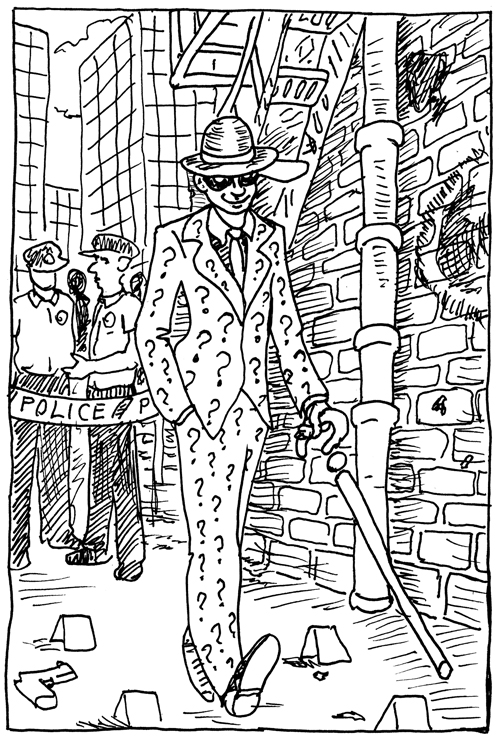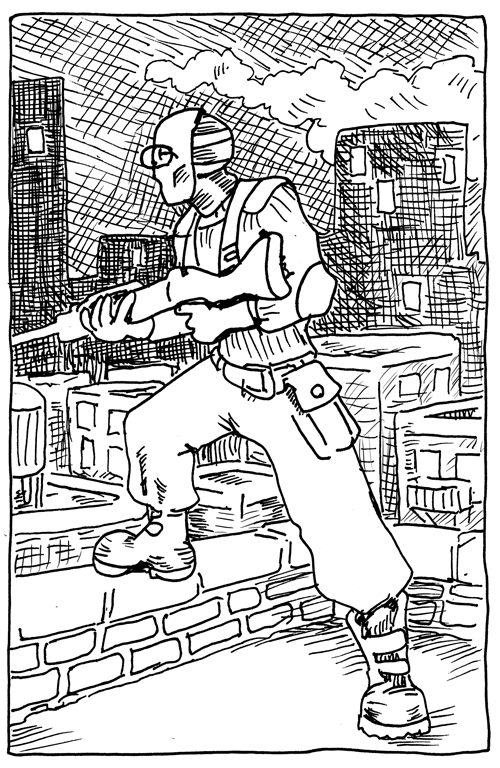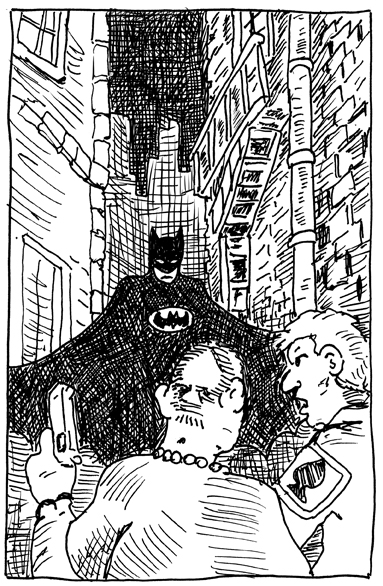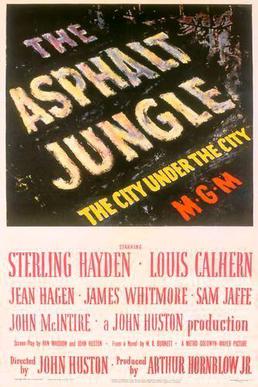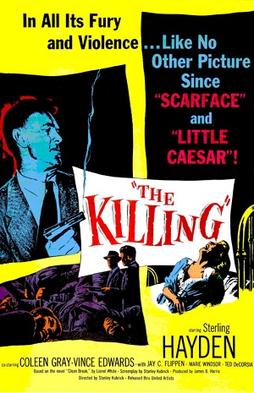After the heavy depressing and heavy heist films that went of their way to show as well as tell us how crime doesn’t pay, I thought I’d clear my palette a little bit with some complete fluff. My choice of topic for my mindless entertainment this time was Parkour. I’ve been interested in parkour, or free running, the art of running around in the city, for a while for various reasons (I don’t think I’d want to do it myself, I’ve got weak shins.)
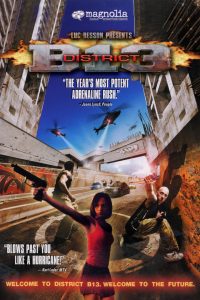 The first film on my list was District 13, directed by Pierre Morel produced by Luc Besson, Starring one of the founders of Parkour, David Belle.
The first film on my list was District 13, directed by Pierre Morel produced by Luc Besson, Starring one of the founders of Parkour, David Belle.
It’s about five years in the future and Paris has been overwhelmed by poor neighborhoods. To deal with them the government has walled them off turning them into violent uncontrollable ghettos overwhelmed by vicious gangs. The worst of these is the titular District 13. Belle plays Leito a man trying to make a difference in his hometown. However, after earning the enmity of ganglord, Taha, (Bibi Naceri) his sister is kidnapped and he’s put in prison.
Months later he is freed by an undercover police officer (Damien Tomaso by Cyril Raffaelli) who needs a native guide to find a small nuclear missile hijacked by Taha. Can they find the missile and stop the countdown in time and do the people behind all of this really want them to?
This film really has nothing to it besides badass stuntwork and martial arts. For all practical purposes, it’s a french hong kong action film. There is just enough plot to hold the action scenes together and the less you think about the plot the better. Still watching David Belle do his thing is worth the price of admission. Never has running away been more badass.
The blue ray I rented came with the sequel film District 13: Ultimatum, directed by Patrick Alessandrin. It’s three years later and District 13 is still the pit it’s always been despite the promises made at the end of the last film. Leito and Damien are brought back together after Damien is framed to keep him from investigating a conspiracy that plans to incite gang violence giving the government the excuse to destroy District 13. Can our heroes and their allies stop this in time?
At first District 13: Ultimatum looks like it’s going to be a better film, with a bigger cast and higher production values. This misunderstanding lasts for about ten minutes. The plot’s even worse with the ending making you want to go hunting for the film’s writers. Despite this, there are enough good fight scenes to keep you from feeling like you’ve wasted an hour and a half of your life.
The best part, near the end, of course, is a fight scene featuring Élodie Yung of Marvel Daredevil fame as Tao the knowledge broker who really needed her own film.
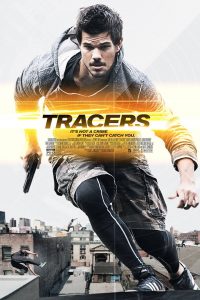 Finally last and definitely least was Daniel Benmayor Tracers. Tracers tells the story of Cam (Taylor Lautner) a bike messenger who owes money to the Chinese mafia. After getting his bike trashed nearly running over a beautiful woman freerunning in the middle of the street named Niki (Marie Avgeropoulos) he becomes obsessed with parkour. (Or more accurately he gets obsessed with Nikki and learns parkour to get closer to her.) Soon he gets good enough to join Nikki’s group, who turn out to be a gang of thieves who use their parkour skills to execute well-planned heists. Can Cam survive long enough to pay off his debts and get the girl? Watch and see.
Finally last and definitely least was Daniel Benmayor Tracers. Tracers tells the story of Cam (Taylor Lautner) a bike messenger who owes money to the Chinese mafia. After getting his bike trashed nearly running over a beautiful woman freerunning in the middle of the street named Niki (Marie Avgeropoulos) he becomes obsessed with parkour. (Or more accurately he gets obsessed with Nikki and learns parkour to get closer to her.) Soon he gets good enough to join Nikki’s group, who turn out to be a gang of thieves who use their parkour skills to execute well-planned heists. Can Cam survive long enough to pay off his debts and get the girl? Watch and see.
Again despite some good stonework, this film was pretty much mediocre at it’s best with barely enough plot to hold the free running scenes together.
Honestly, the only good performance in the whole film Came from Johnny M Wu who plays Jerry the gangster Cam owes money, at first glance a charming yuppie, until he hits you while saying it’s just business and it’s your fault for making him do it.







